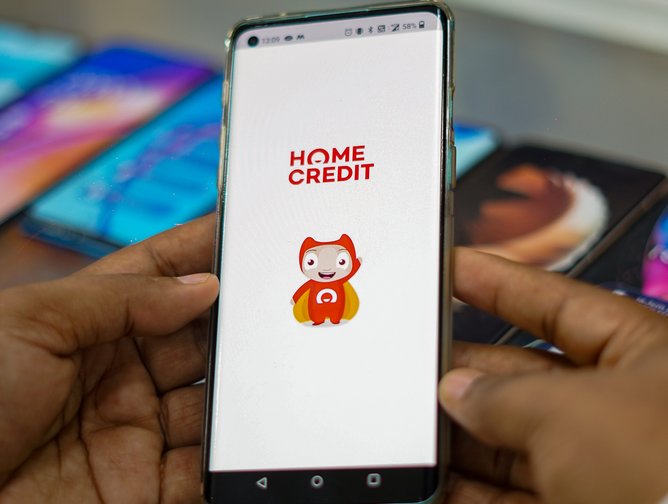
Milan Dolansky
Chief Digital Officer at Home Credit India

It has been an interesting two years for the team at Home Credit India (HCIN). The entity, which operates as a central bank licenced Non-Banking Finance Company (NBFC) while also providing insurance services, and other value-added services through partnerships, has been operational in India for the past ten years.
The parent company was founded in 1997 in the Czech Republic and has since branched out into a number of other key markets. HCIN’s core aim is to empower people to live the life they want now, by focusing on financial inclusion and responsible lending. Home Credit Group is known for providing regulated, trusted financial products and services to the ‘unbanked or underserved’ parts of the population’ through seamless loan applications, fast credit scoring and responsible lending.
Milan Dolansky, Chief Digital Officer or CDO for Home Credit India, has been leading the institution’s digital transformation for the past five years. Formerly the change manager for digital products and services at CSOB, a Czech bank in Prague, he has over a decade of experience in the banking industry, enhancing services and driving technological innovations.
He says of HCIN: “Our services are simple, easy and fast, with a focus on enhancing credit penetration through responsible lending, which empowers our customers, who generally come from a demographic that is outside of the banking system. Basically, we enable them to access financing or credit easily and safely, in both online and offline modes.”
Improving financial inclusion
Dolansky points out that the main purpose of the parent HCI – especially in India – is to work on improving financial inclusion and opening access to the financial industry to the unprivileged segment of subprime. “For that reason, a lot of our customers are first time borrowers or new to credit,” he says, referring to the cultural aspect of lending in India, where those who have been bypassed by the traditional banking system, have, in the past, had to rely on loans from their communities, and in an environment where loan shark practices are rife.
“In the Indian market, the credit card is an aspirational product,” says Dolansky. “There are 1.3 billion people in India but there are only tens of millions of credit cards. So, a big part of the population is aspiring to have a credit card one day. But the banks are much less flexible on who actually gets one.”
It is this rigidity in the traditional financial marketplace that HCIN is attempting to address through a number of innovations. “We see our role as one that brings pre-approved lending services to many more people,” he says.
As part of the initiative, HCIN has plans for a virtual card launch in the next few months, which will allow their customers to have the benefits of a pre-approved or flexible loan product. “This is definitely an innovation for the market,” Dolansky states.
The digital ecosystem and strategic partners
As part of HCIN’s digital transformation journey, the organisation has forged a partnership with HyperVerge, a leading AI documentation and data technology company. The collaboration means the application processes for customers have been completely streamlined: documentation is scanned, read by AI and then filed for future use.
HCIN discovered that HyperVerge’s OCR was already enabled to scan and aggregate the data on Indian documentation. The adoption of the technology has enabled customers to take three pictures of their paperwork via their mobile phone, and the software platform does the rest, reading information with an 85% accuracy – which then simply needs checking for confirmation once the online fields are ready to view. “The process takes away the need for the customer to type in numerous details, saving them time and stress,” Dolansky says.
Customer centricity, data and KYC
HCIN’s culture is one of innovation through strategy. As part of its developments, the company is seeking advice from its users in the journey towards better products and services. Dolansky believes fintech is as much about bringing the customer needs into sharper focus, as it is about delivering better services.
Ultimately, the goal is to bring better opportunities to people who have been shunned by the traditional banking system. “It’s about improving lives,” says Dolansky. “Providing a family with their first laptop or smartphone home computer so they can study better and enabling home improvement loans so they can have a nicer environment. These are things that, prior to our services, were unattainable.”
Read the full story HERE.


Featured Interviews
We’ve built some unique features into our insurance program specifically because we’ve listened to courier partners in every country






